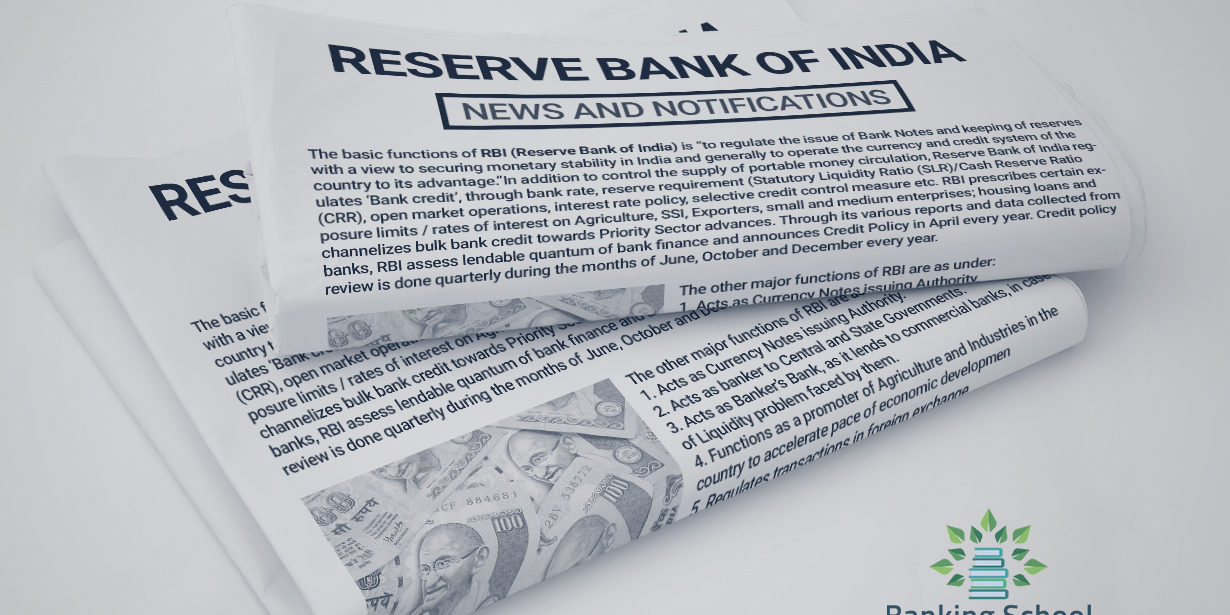Based on the report of the Expert Committee (K.V.Kamath Committee) on Resolution Framework for Covid-19 related Stress the Reserve Bank of India (RBI) on Monday announced the financial parameters for the resolution plans under the scheme. The Committee has recommended financial parameters that, inter alia, include aspects related to leverage, liquidity, and debt serviceability. The Committee has recommended financial ratios for 26 sectors for the purpose of recommending financial parameters to be factored in the resolution plan viz.1. Power,2. Construction,3. Iron & Steel Manufacturing,4. Roads,5. Real Estate,6. Trading-Wholesale,7. Textiles,8. Chemicals,9. Consumer Durables/FMCG,10. Non-ferrous Metals,11. Pharmaceuticals Manufacturing,12. Logistics,13. Gems & Jewellery,14. Cement,15.Auto Components,16. Hotel, Restaurants, Tourism,17. Mining,18. Plastic Products Manufacturing,19. Automobile Manufacturing,20. Auto Dealership,21. Aviation,22. Sugar,23.Port & Port services,24. Shipping,25. Building Materials,26. Corporate Retail Outlets which could be factored by lending institutions while finalizing a resolution plan for a borrower. The expert committee further reported that “Time is of the essence at the present juncture. Considering the large volume and the fact that only standard assets are eligible under the proposed scheme, a segmented approach of bucketing these accounts under mild, moderate, and severe stress, may ensure a quick turnaround”. The mild and moderate stress may be prescribed and severe stress cases require comprehensive restructuring, it said.
“The recommendations of the Committee have been broadly accepted by the Reserve Bank” the press release said today. Accordingly, all lending institutions were asked to mandatorily consider the following key ratios while finalizing the resolution plans in respect of eligible borrowers under the Resolution Framework:
| Key Ratio | Definition |
| Total Outside Liabilities / Adjusted Tangible Net Worth (TOL/ATNW) | Addition of long-term debt, short term debt, current liabilities, and provisions along with deferred tax liability divided by tangible net worth net of the investments and loans in the group and outside entities. |
| Total Debt / EBITDA | Addition of short term and long-term debt divided by the addition of profit before tax, interest, and finance charges along with depreciation and amortisation. |
| Current Ratio | Current assets divided by current liabilities |
| Debt Service Coverage Ratio (DSCR) | For the relevant year addition of net cash accruals along with interest and finance charges divided by addition of current portion of long term debt with interest and finance charges. |
| Average Debt Service Coverage Ratio (ADSCR) | Over the period of the loan addition of net cash accruals along with interest and finance charges divided by addition of current portion of long term debt with interest and finance charges. |
Reserve Bank in its circular dated August 6, 2020 above five specific financial ratios and the sector-specific thresholds for each ratio in respect of 26 sectors to be taken into account while finalizing the resolution plans. In respect of other sectors where certain ratios have not been specified, the lenders shall make their own assessment keeping in view the contours of the circular dated August 6, 2020, and the follow-up circular issued today. Accordingly, a follow-up circular to the Resolution Framework guidelines announced on August 6, 2020, has been issued today by the Reserve Bank specifying five specific financial ratios and the sector-specific thresholds for each ratio in respect of 26 sectors to be taken into account while finalizing the resolution plans. In respect of other sectors where certain ratios have not been specified, the lenders shall make their own assessment keeping in view the contours of the circular dated August 6, 2020, and the follow-up circular issued today. In respect of those sectors where the sector-specific thresholds have not been specified, lending institutions shall make their own internal assessments regarding TOL/ATNW and Total Debt/EBITDA. However, the current ratio (CR) and Debt service coverage ratio (DSCR) in all eligible cases shall be 1.0 and above, and ADSCR shall be 1.2 and above.
The committee recommended signing inter-creditor pact will be mandatory to invoke debt resolution. To assess inter-creditor pact compliance is needed in supervisory review. Lenders are free to consider other financial parameters in addition to five mandatory ones, the report stated. As per committee’s recommendation, debt service coverage ratio should be 1 and above in all eligible cases. Banks should consider pre-covid financial state of company and covid impact to finalise recast plan. However, only those borrower accounts shall be eligible for resolution which were classified as standard, but not in default for more than 30 days with any lending institution as on March 1, 2020. According to RBI, the resolution framework may be invoked not later than December 31, 2020 and the plan needs to be implemented within 180 days from the date of invocation. Further, banks may restructure loans of more than ₹10 lakh crore largely attributed to 5-6 critical sectors, including aviation, commercial real estate and hospitality, that have been severely hit by the Covid-19 outbreak, according to bankers it said.





